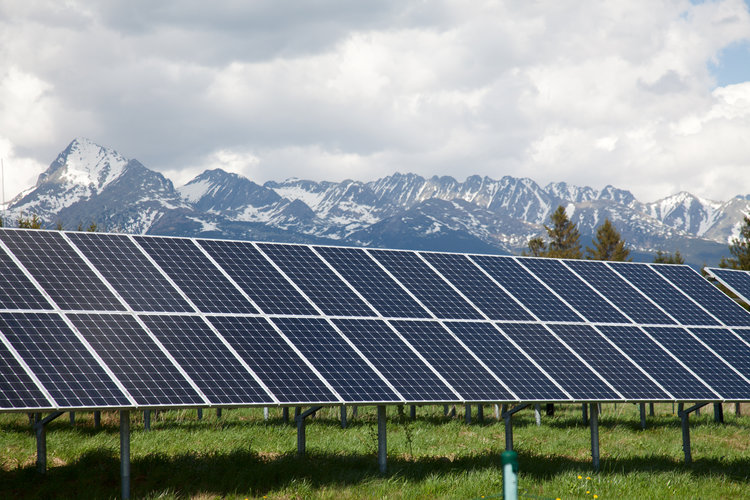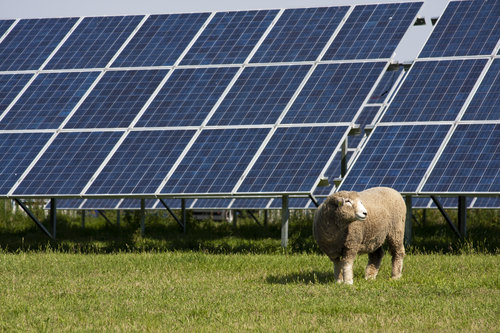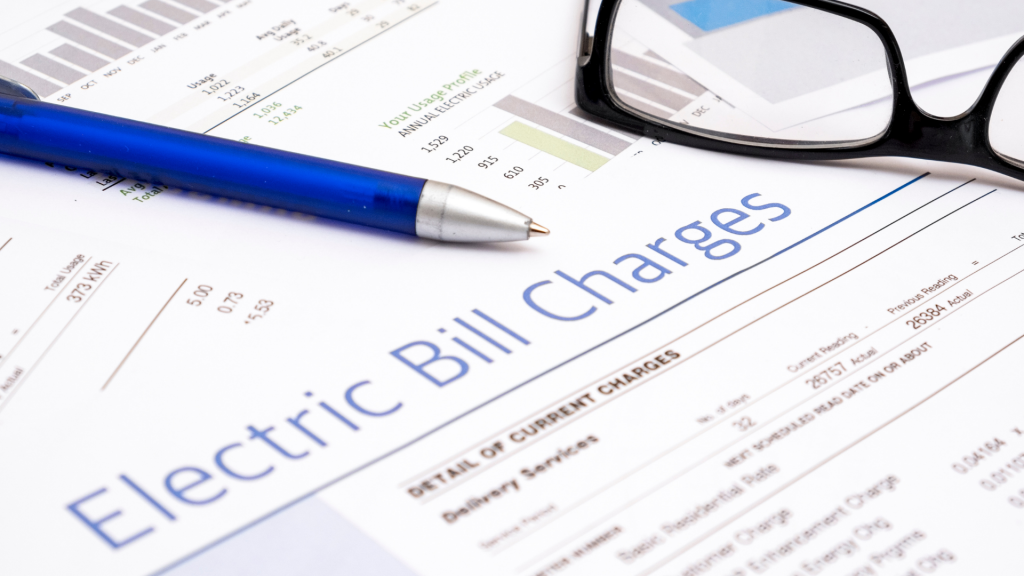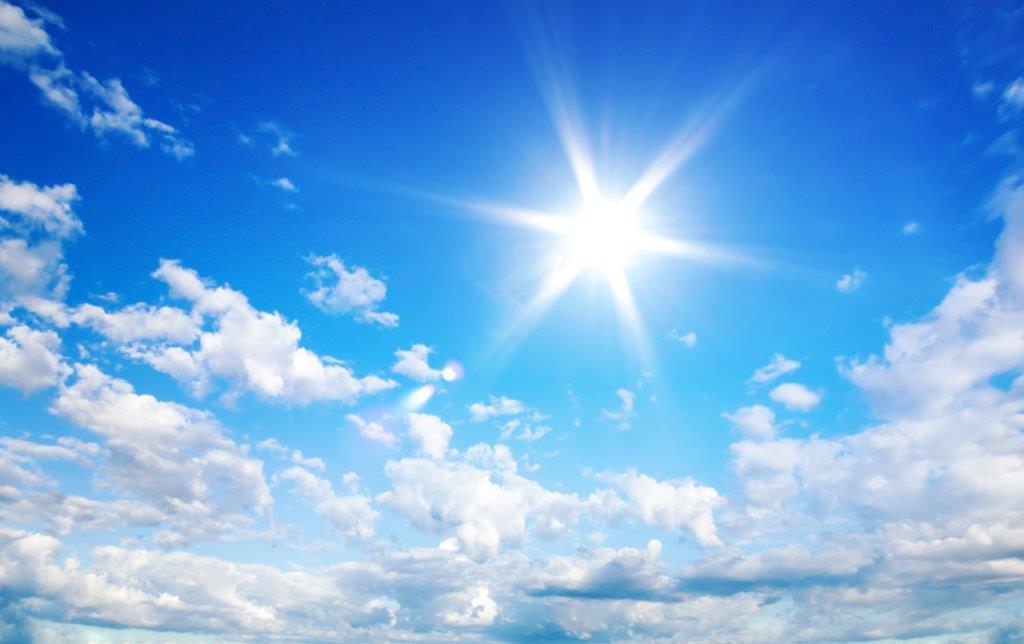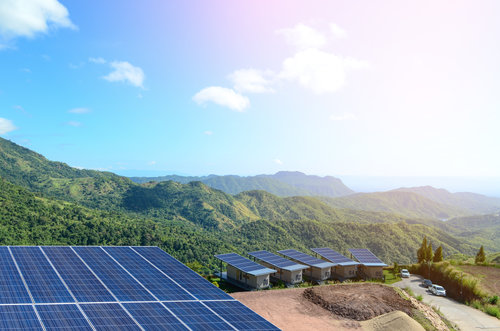While environmentalism isn’t explicitly codified into Solstice’s five company values, it is a guiding light for our team and the work we do. And over the last few years, thousands of conversations have taught us that environmental stewardship is a value that we share with our customers.
We’ve faced tough questions in our conversations with our customers, and we appreciate this healthy skepticism: Americans want what’s best for the planet, and will take the time to ensure that committing to solar is a decision in line with their environmental values.
Table of Contents
Do Solar Panels Emit Toxins?
While certain kinds of solar panel manufacturing do involve toxic compounds, solar panels can be manufactured without toxic elements. Once in operation, solar panels are completely stable. It makes sense: fossil fuel emissions are caused by the fuel is being burned. Solar panels don’t employ any fuel or chemical reaction, and emit no greenhouse gasses nor toxic chemicals while in operation.
End-of-Life Waste: Solar Panel Recycling
Many of the first operational solar panels are still in use after thirty or forty years, with their only deterioration being a moderate drop in efficiency. But a sharp increase in solar energy adoption over the past five years has led many to think about the eventual need for thorough recycling processes. Experts have estimated that in 2050, the value of recyclable solar materials will be to the tune of $15 billion. Currently, 90-97% of a decommissioned panel’s materials can be recycled into new panels or sold onto the commodity market. Put another way, panel recycling is set to be a lucrative and booming business in the coming decades. Nevertheless, it is important that solar manufacturers and installers ensure that there is a recycling plan (and a way to pay for that plan) for every panel they sell.
Livestock, like sheep and chickens, can graze safely in a solar field, which helps farmers maximize their land.
Making Long-Term Plans is Key to Solar Project Sustainability
Agreements between municipalities and solar installers mark out responsibilities and funding for their eventual retirement. In fact, the project developer will pay into a decommissioning fund over the life of the solar farm—although the value of the materials and the relative ease with which they can be recycled mean that there may be little need for this fund. Moreover, we know these folks, and they’re motivated by their environmental impact just as much as we are. Rich Winters, the CEO of Delaware River Solar, is a farmer in the Callicoon, NY area, and the company’s first project was sited on his own land. Perhaps even more than most, he knows the value of land, and developers like these do everything they can to make sure our solar farms protect their local environments.
